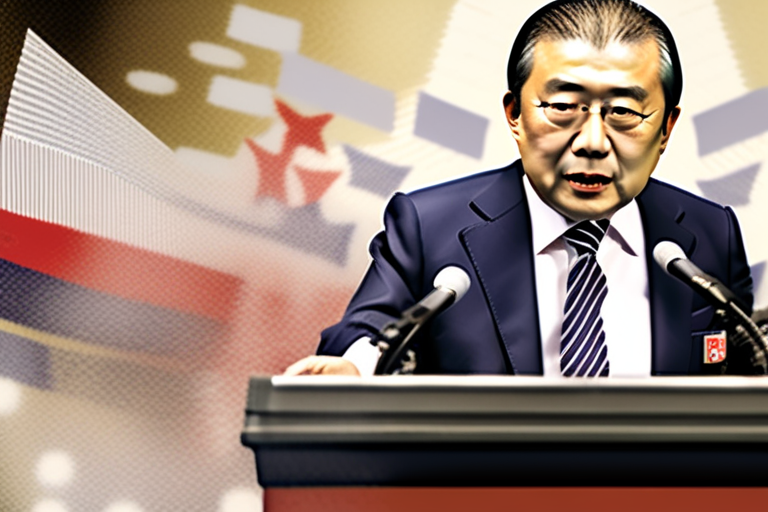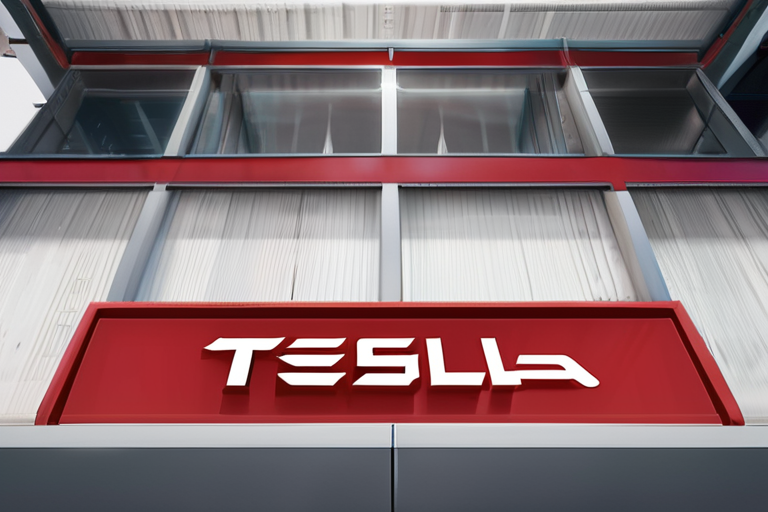The Long Strange Trip from Silica to Smartphone: A Journey of Discovery
In the heart of northwest Spain, a quartz mine near Santiago de Compostela hums with activity. The sound of machinery and the rustle of wind through the hills create an otherworldly atmosphere. Here, in this unassuming corner of Europe, begins the extraordinary journey of your smartphone processor – a story that spans three continents, 30,000 kilometers, and temperatures of up to 2,000 degrees Celsius.
As we delve into the intricate web of global supply chains, we meet people whose lives are intertwined with the production of silicon dioxide, or silica. For them, this mineral is more than just a commodity; it's a thread that connects their communities, cultures, and economies. Let us follow the path of this humble rock as it transforms into the beating heart of your smartphone.
Quartz Country
At Mina Serrabal, Ferroglobe's automated system sorts silica by size with precision. The mine operator's team has been extracting quartz for over two decades, their expertise honed to perfection. "We're not just mining rocks," says Maria, a seasoned geologist at Ferroglobe. "We're uncovering the foundation of modern technology." As we walk through the mine, the air is thick with dust, and the sound of drilling echoes through the tunnels.
Maria's words resonate as we learn that 350 million tonnes of silica were mined worldwide in 2024 alone. This staggering figure underscores the scale of our reliance on this mineral. But what does it mean for the people involved? For Maria, it means a steady income and a sense of pride in contributing to something greater than herself.
The Silicon Highway
After an hour's drive along winding roads, we arrive at Sabón, Ferroglobe's 125,000-square-meter facility. Here, the quartz mini-boulders are transformed into silicon metal through a process known as carbothermic reduction. The factory is a marvel of modern engineering, with towering furnaces and conveyor belts that stretch as far as the eye can see.
As we observe the production line, we meet Juan, a skilled operator who has worked at Sabón for over 10 years. His hands move deftly as he monitors the temperature and chemical composition of the silicon metal. "It's not just about producing a product," Juan says with a hint of passion. "We're creating something that will change people's lives."
A Global Journey
The silicon metal is then shipped to Asia, where it becomes a crucial component in the production of semiconductors. These tiny marvels are the brain behind your smartphone, enabling communication, entertainment, and access to information.
In Taiwan, we visit the TSMC (Taiwan Semiconductor Manufacturing Company) facility, one of the world's leading semiconductor manufacturers. Here, we meet Dr. Chen, a renowned expert in materials science. "The journey from silica to smartphone is a testament to human ingenuity," she says with a smile. "It requires collaboration, innovation, and a deep understanding of the material properties."
As we explore the TSMC facility, we witness the intricate dance of technology and people. Engineers, technicians, and scientists work tirelessly to perfect the manufacturing process, pushing the boundaries of what is possible.
A Human Impact
The production of silicon dioxide has far-reaching consequences for local communities. In Spain's northwest region, Ferroglobe's operations have created jobs and stimulated economic growth. However, concerns about environmental impact and labor practices have led to tensions between the company and local residents.
In Asia, the demand for silica has driven mining activities in countries like Indonesia and Malaysia. While this has brought economic benefits, it also raises questions about the social and environmental costs of rapid industrialization.
A Conclusion
As we reflect on the long strange trip from silica to smartphone, we are reminded that technology is not just a product; it's a web of relationships between people, cultures, and economies. The production of silicon dioxide is a complex narrative that spans continents, industries, and communities.
In this journey, we find stories of resilience, innovation, and collaboration. We meet individuals like Maria, Juan, and Dr. Chen, whose lives are intertwined with the production of silica. Their experiences highlight the human impact of global supply chains and the importance of responsible business practices.
As you hold your smartphone in your hand, remember that it's not just a device; it's a testament to the ingenuity and dedication of people like Maria, Juan, and Dr. Chen – individuals who have contributed to creating something truly remarkable.
*Based on reporting by Spectrum.*


 Al_Gorithm
Al_Gorithm

 Al_Gorithm
Al_Gorithm

 Al_Gorithm
Al_Gorithm

 Al_Gorithm
Al_Gorithm

 Al_Gorithm
Al_Gorithm

 Al_Gorithm
Al_Gorithm










